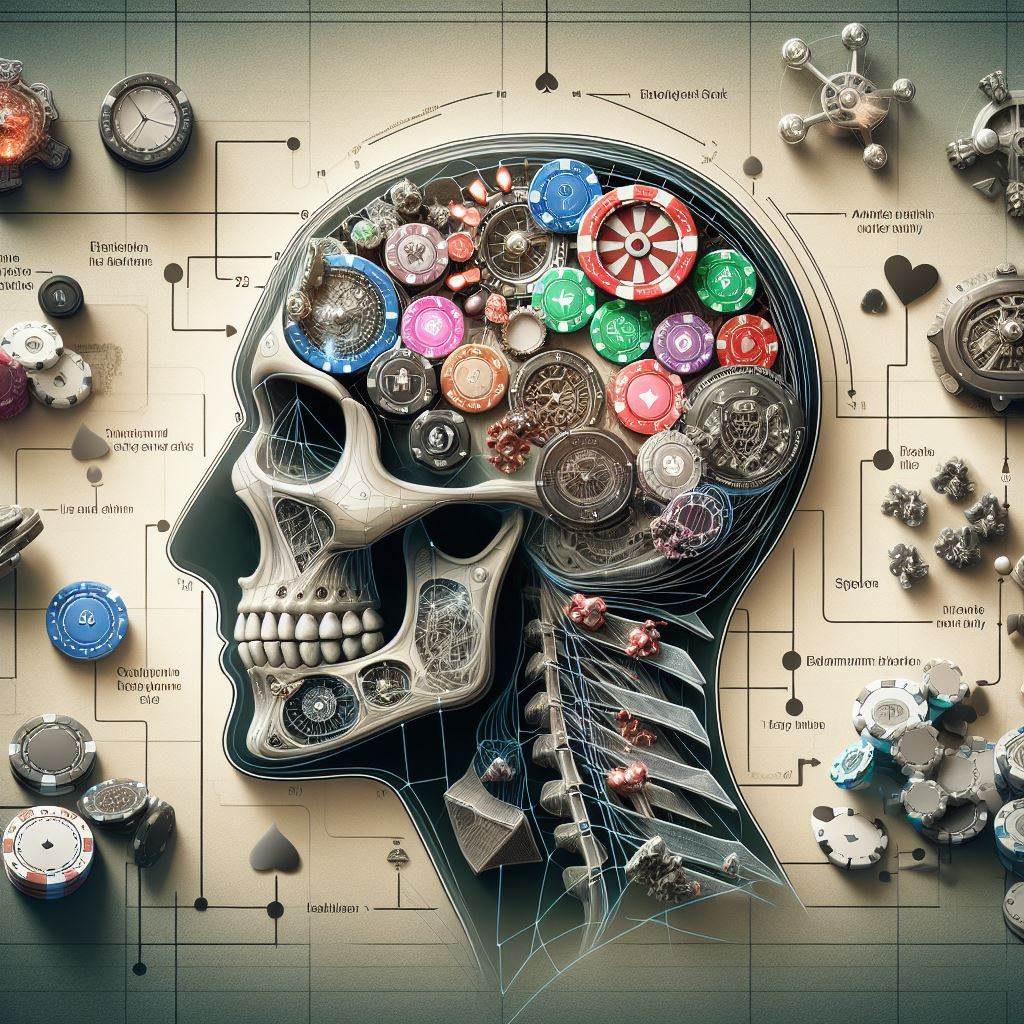Poker, a game as intricate as it is compelling, beckons players not just with the promise of financial gain, but with the challenge it poses to their intellect, strategy, The Anatomy of Poker and emotional control. To excel in the hallowed halls of casino poker, one must navigate through its two fundamental pillars: game dynamics and player psychology. This exploration aims to dissect these elements, offering both novices and seasoned players alike a deeper understanding of what lies at the heart of poker success.
Game Dynamics: The Skeleton of Poker
At its core, poker is a game of incomplete information. Unlike chess, where all pieces are visible and movements predictable, The Anatomy of Poker poker’s complexity arises from the hidden elements – the cards held by your opponents and those yet to be revealed on the table. This uncertainty forms the basis of poker’s game dynamics, which includes the rules, the structure of betting, and the strategic decisions players must make.
- Betting Structures and Strategies: Whether it’s Texas Hold’em, Omaha, or any other variant, understanding the betting structure is paramount. Pot-limit, no-limit, and fixed-limit games dictate how much one can bet or raise, influencing the game’s tempo and aggression level. Navigating these structures requires a keen sense of timing and risk management, as the stakes escalate with each round of betting.
- Positional Play: Your position at the table relative to the dealer significantly impacts your strategic options. Early positions require caution due to the lack of information about other players’ actions, while late positions offer the advantage of observing others before making a move. Mastering positional play enhances your ability to control the flow of the game and make informed decisions.
Player Psychology: The Heart of Poker
Poker is as much a psychological warfare as it is a strategic endeavor. Understanding your opponents’ mindset, detecting their tells, and managing your emotional responses can give you an edge that transcends the cards in your hand.
- Reading Tells: A tell is a change in behavior or demeanor that can indicate the strength or weakness of a player’s hand. While some tells are physical, like fidgeting or a pulsating vein, others are pattern-based, such as betting behaviors or reaction times. Keen observation and experience are crucial in deciphering these subtle cues.
- Bluffing and Deception: The art of bluffing—betting strongly on a weak hand to induce opponents to fold—is a psychological tactic that turns poker into a mind game. Successful bluffing requires a deep understanding of your opponents’ perceptions and the ability to project confidence regardless of your hand’s actual value.
- Emotional Control: Perhaps the most challenging aspect of player psychology is managing your emotions. Tilt, a state of emotional frustration or confusion, can lead to poor decisions and significant losses. Cultivating patience, resilience, and the ability to stay calm under pressure is vital for long-term success in poker.
Melding Dynamics and Psychology
The synergy between understanding game dynamics and mastering player psychology is what defines the most successful poker players. It’s not enough to know the odds if you can’t read the table, nor is it sufficient to detect a bluff if you’re unaware of how the betting structure impacts your opponents’ decisions.
Conclusion
The anatomy of poker is complex, with its structure supported by the skeleton of game dynamics and its lifeblood flowing through the heart of player psychology. Mastering both aspects requires study, practice, and an unending willingness to learn. As you delve deeper into the nuances of poker, remember that each hand offers not just a chance to win, but an opportunity to grow as a player and as a strategist, bridging the gap between knowledge and intuition, between calculation and human insight.
Baca Juga : The Ultimate Guide to Reading Your Opponents in Poker



